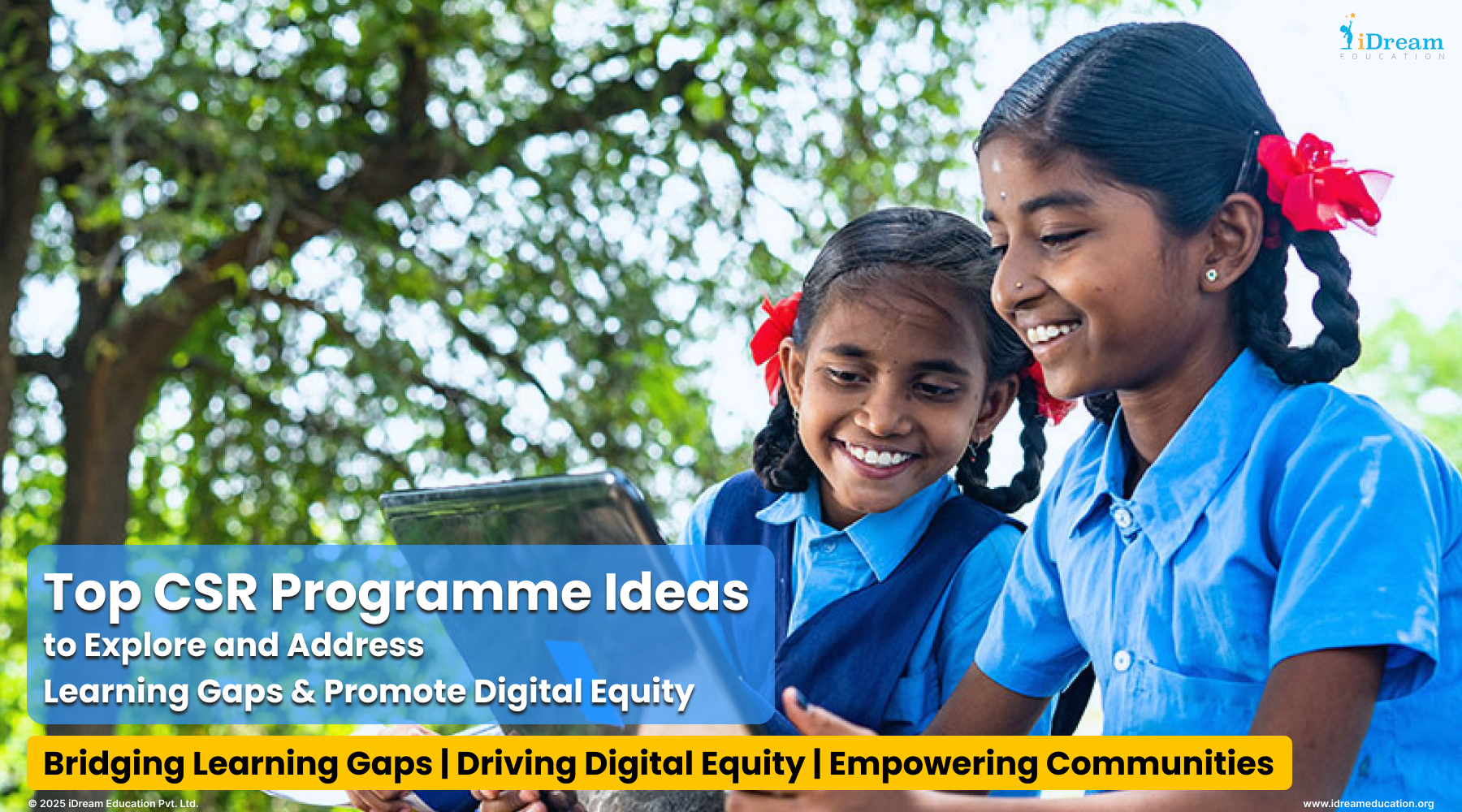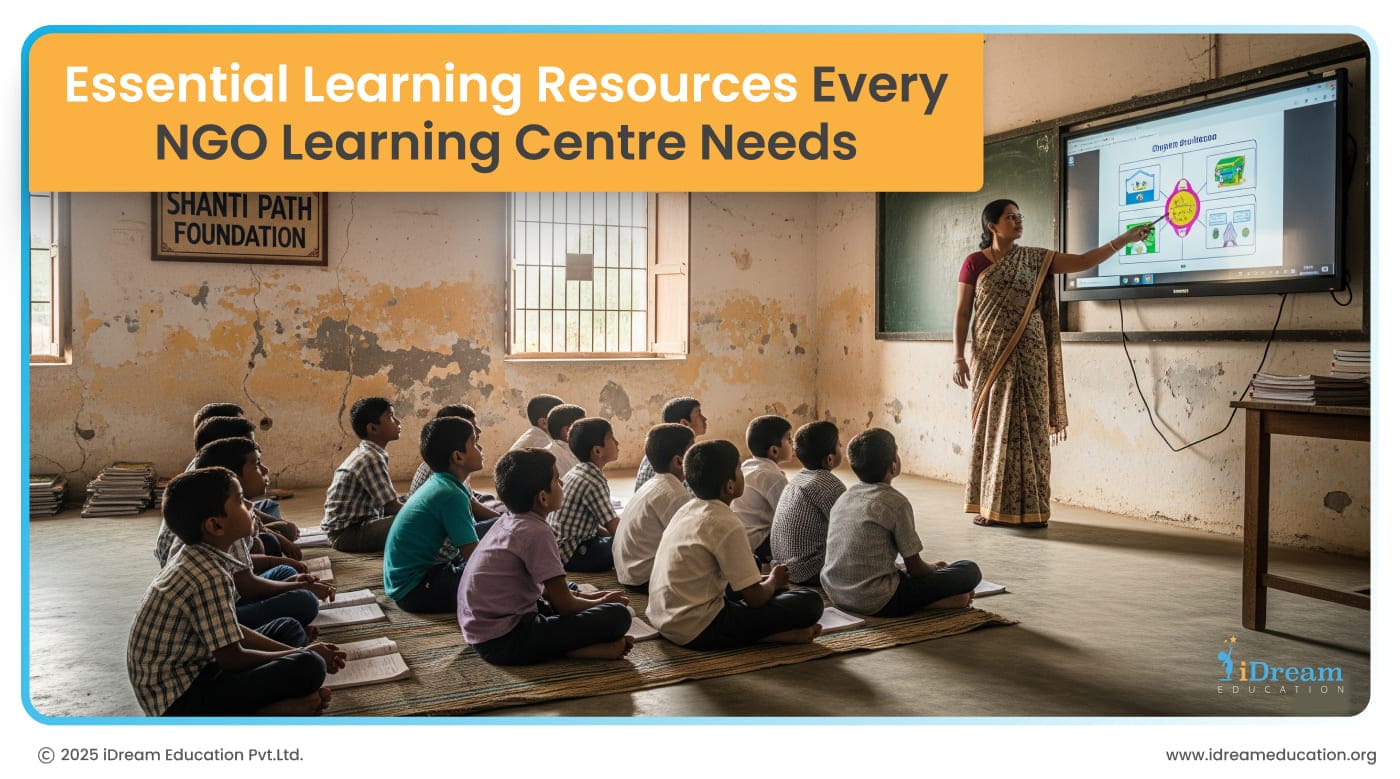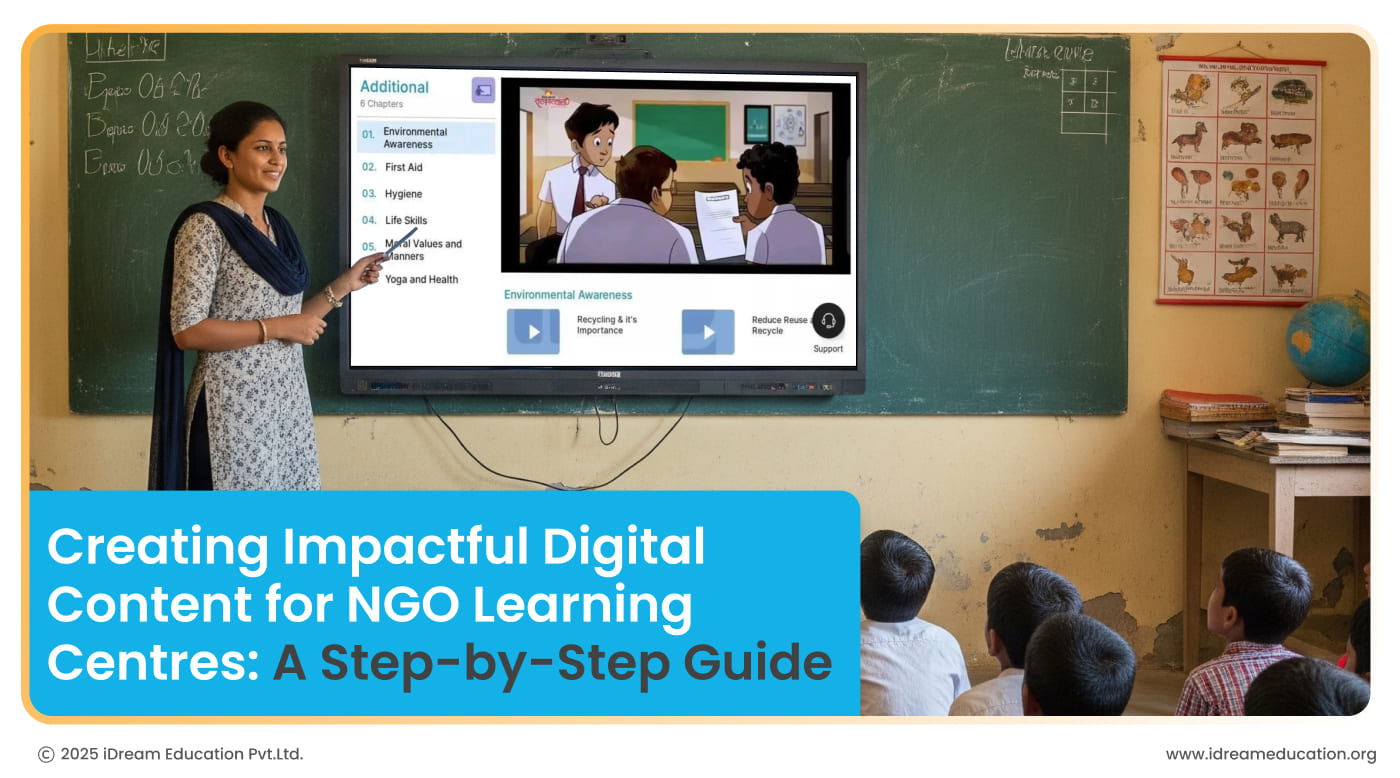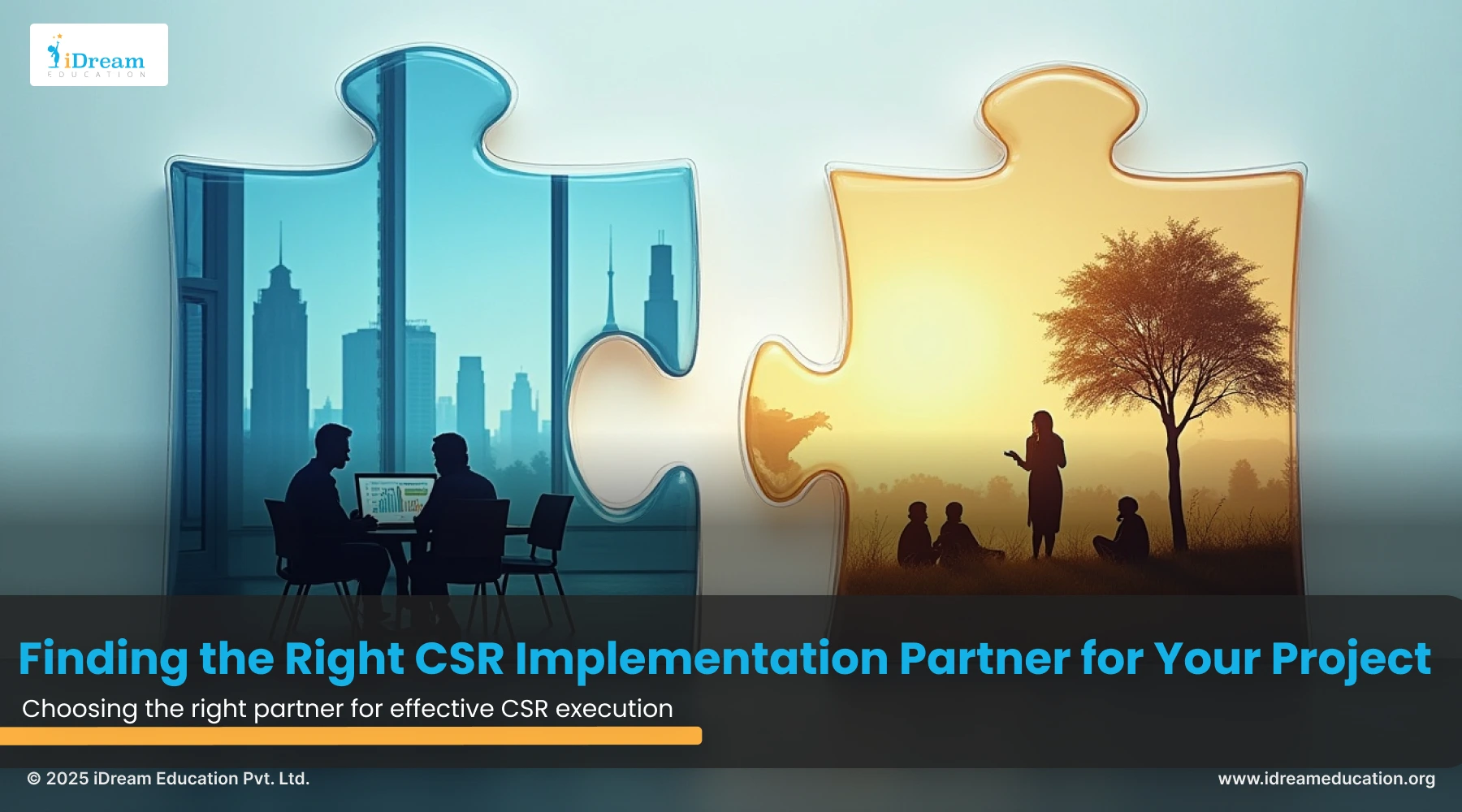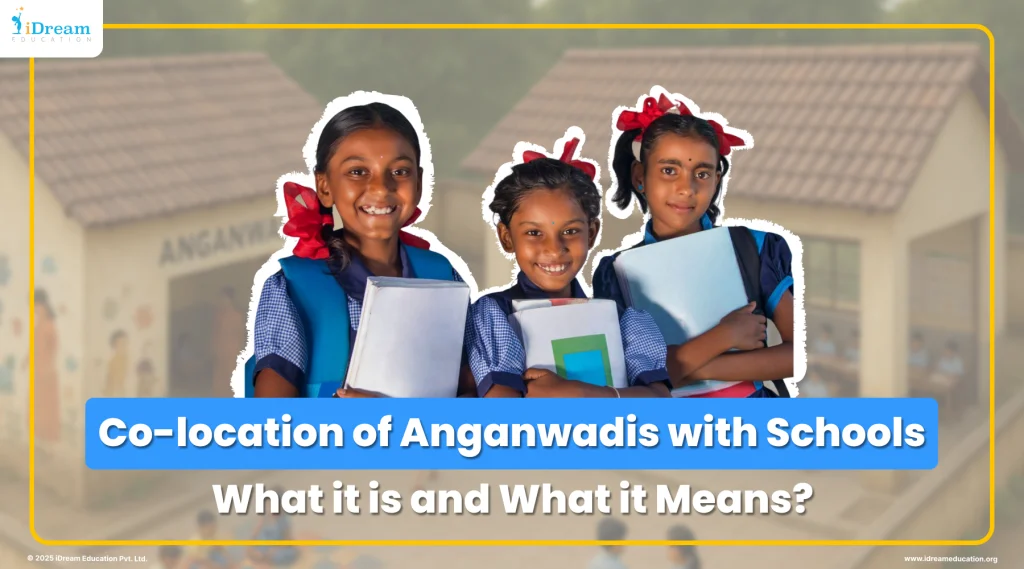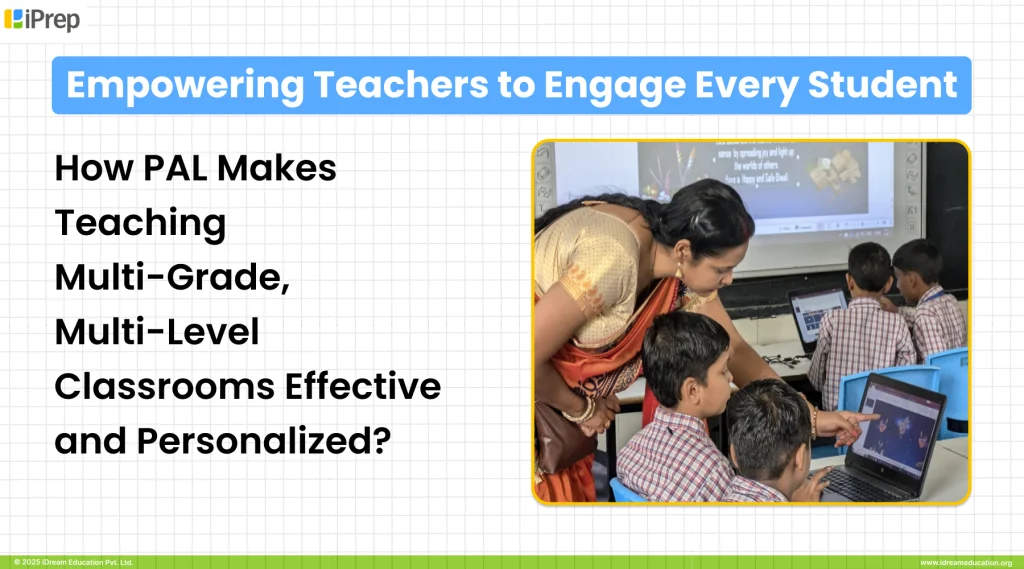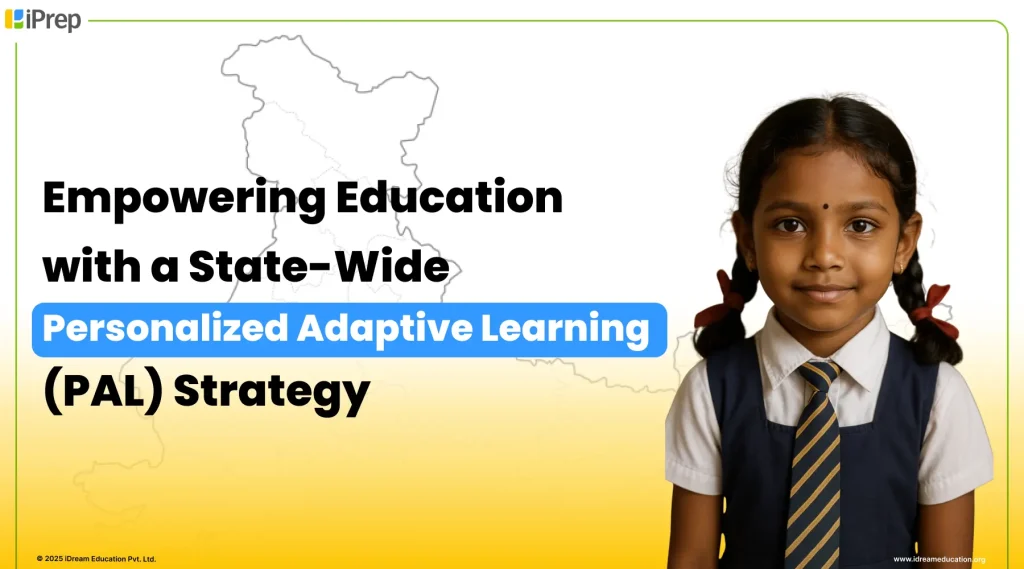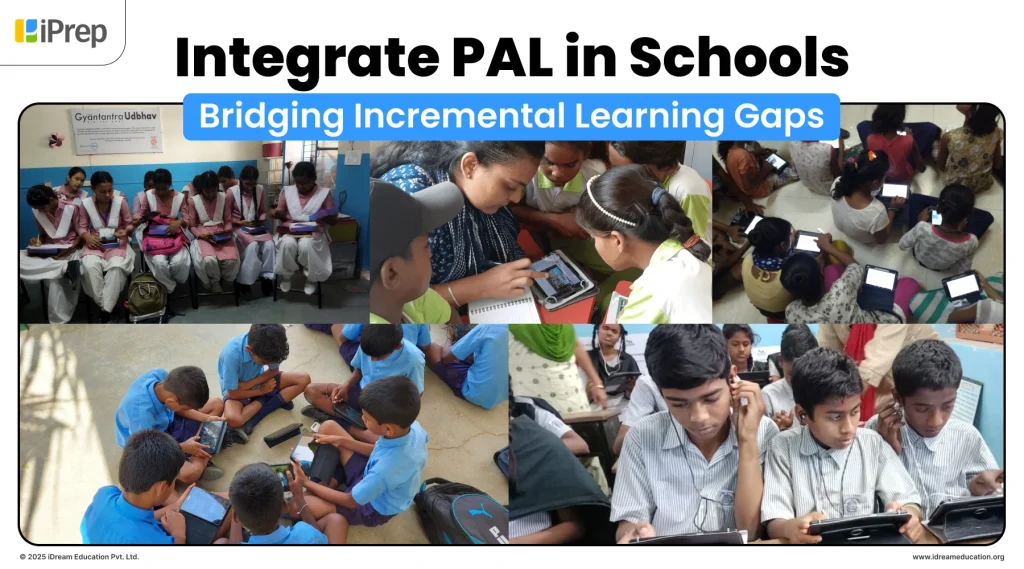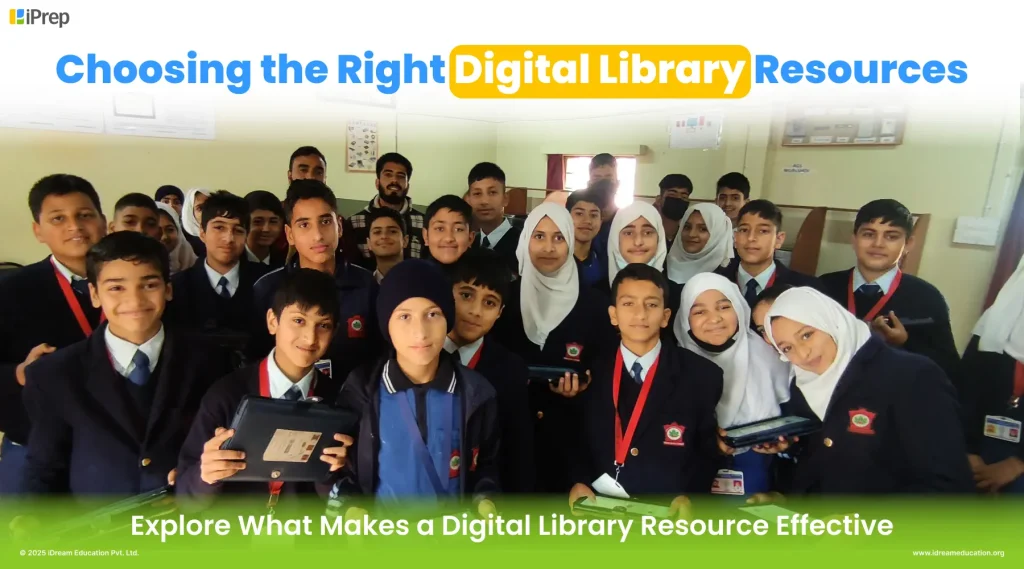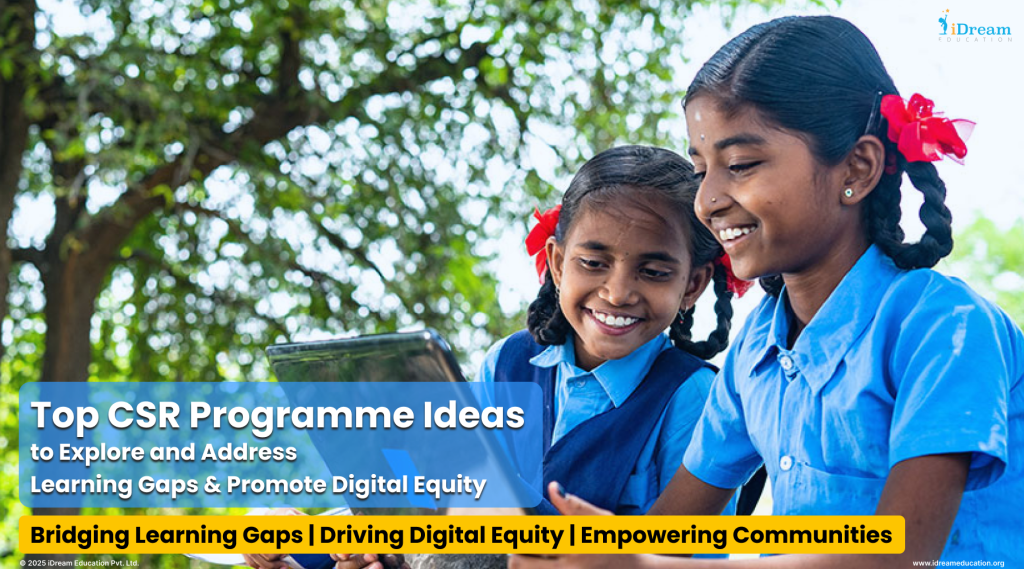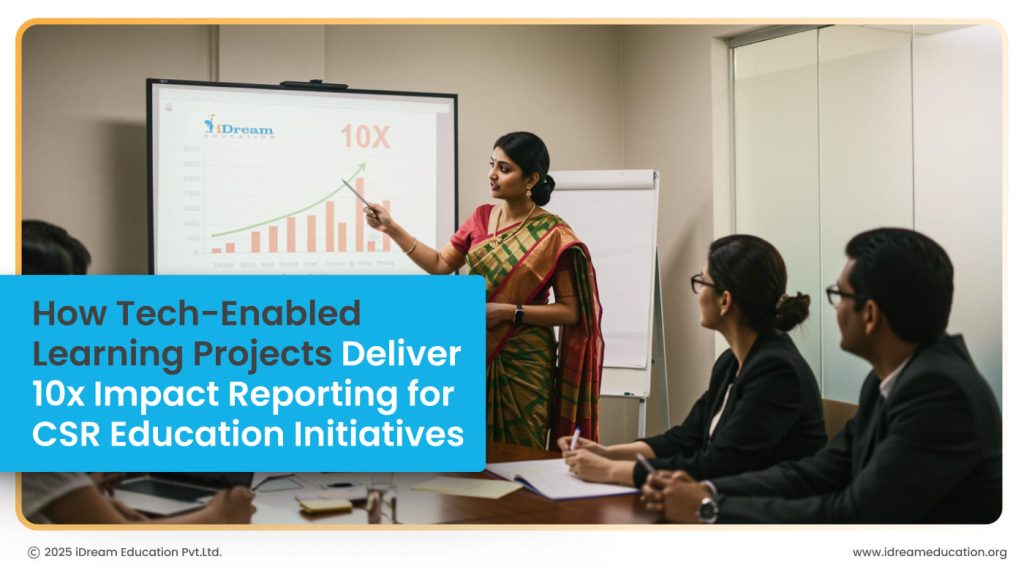
Your boardroom presentation slides are perfectly aligned. The CSR education programme has touched thousands of students across multiple states. But when stakeholders lean forward and ask the question that matters most: “What measurable impact have we actually delivered?”
Many CSR leaders find themselves scrambling for concrete answers.
Here’s the uncomfortable truth: most traditional education programmes, no matter how well-intentioned, leave leaders flying blind when it comes to real learning outcomes. You know the drill. Spreadsheets full of attendance numbers, lists of schools reached, and photos from inauguration events.
But does any of this tell you whether Priya in rural Rajasthan finally understood fractions? Or if Arjun in that government school in Odisha is now reading at grade level?
This isn’t an isolated problem. Walk into any corporate CSR office across India, and you’ll hear the same frustration. Teams pour resources into education initiatives, yet struggle to move beyond vanity metrics like “students enrolled” or “teacher trainings conducted.” The sleepless nights come from wondering whether all that investment is genuinely helping kids learn.
What’s Really Happening with Traditional CSR Education Efforts
Most education CSR initiatives depend on manual tracking that barely scratches the surface.
Picture this: you get monthly reports with attendance figures from 50 schools, updates on infrastructure improvements, maybe some photos of new computers. One school reports “better engagement,” another mentions “improved test performance,” while a third highlights “regular teacher attendance.”
These reports create an illusion of progress without revealing what actually matters: whether students are mastering concepts, closing learning gaps, or building skills they’ll need tomorrow.
Here’s where it gets really frustrating.
You’re managing education efforts across three states, and each location sends quarterly reports in completely different formats. Some focus on test scores (but which tests? When?), others celebrate increased enrolment (but are these kids actually learning?), and a few highlight teacher satisfaction surveys.
You’re left trying to piece together a coherent picture from fragments that don’t quite fit.
The delayed feedback makes everything worse. Annual impact reports arrive months after issues could have been addressed. That promising programme in Maharashtra might be struggling, but you won’t know until it’s too late to course-correct.
Meanwhile, a surprisingly successful intervention in Kerala goes unnoticed because the data trickles in too slowly to replicate the approach elsewhere.
As a CSR implementer, focussing on an Education programme, you will also need to find the best NGO in Education to support your project goals.
What 10x Impact Reporting Actually Looks Like
Real impact reporting flips this entire equation.
Instead of chasing basic activity metrics, you get genuine insight into learning outcomes across your entire portfolio. We’re talking about systems that automatically track student progress, skill development, and knowledge retention, then present it all through dashboards you can actually understand.
Tech-enabled learning platforms generate detailed analytics on every student interaction. When Meera completes her mathematics lesson in Guwahati, the system captures not just that she finished it, but how long she spent on each concept, where she struggled, and which topics she mastered.
Multiply this across thousands of students, and you get unprecedented visibility into programme effectiveness.
The shift is dramatic. Instead of quarterly emails about “improved classroom dynamics,” you access daily insights showing exactly which students have grasped specific concepts, how many learning objectives each school has achieved, and where additional support would make the biggest difference.
Why Technology Changes Everything for Impact Measurement
Digital learning platforms are natural data generators. Every click, every completed exercise, and every assessment attempt creates a rich trail of learning analytics. Students engaging with animated lessons, working through practice problems, or taking quizzes leave behind detailed records of their educational journey.
For CSR programmes, this represents a complete transformation in visibility. Real-time dashboards display learning outcomes across schools, regions, or demographic segments. You can spot successful interventions immediately and identify struggling areas before small problems become major setbacks.
The reporting depth goes far beyond individual progress tracking. Grade-level proficiency improvements, learning gap reductions, teacher engagement patterns, and community reach metrics paint a comprehensive picture of programme impact. You finally get answers to the questions that actually matter.
Seeing Real Results: Stories from the Ground
The Army Goodwill School in Kashmir offers a powerful example of this transformation in action.
This institution grappled with educational challenges that conventional approaches couldn’t solve. Traditional assessment methods provided limited insight into student progress, making it difficult to identify struggling learners or adjust teaching strategies effectively.
Smart Classes and Digital Library implementation with tablets changed everything. Teachers could suddenly see which students needed extra help with specific topics, track improvement in real-time, and modify their approaches based on actual learning data rather than gut feelings. The continuous analytics revealed patterns that periodic tests had missed entirely.
Government partnerships across various states tell similar stories. Education departments implementing tech-enabled solutions gain access to aggregated insights that inform policy decisions and resource distribution.
State officials can monitor effectiveness across hundreds of schools simultaneously, identifying successful models for replication and struggling areas requiring intervention.
Building Your Own Tech-Enabled Education Initiative
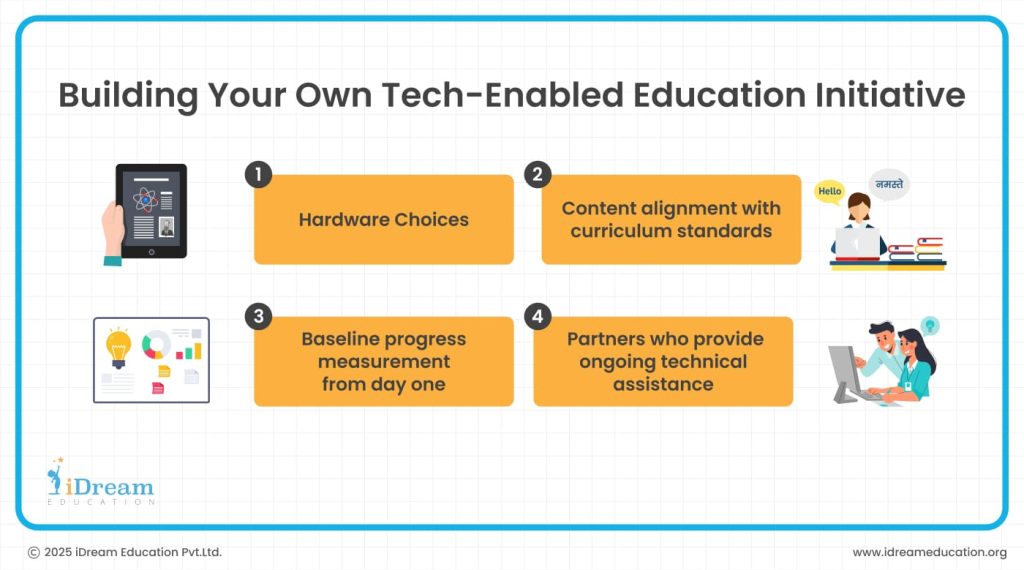
Creating programmes with robust impact reporting starts with choosing solutions that seamlessly blend analytics capabilities with quality educational content. The technology infrastructure needs to capture meaningful data while remaining simple enough for teachers and students to use effectively.
- Hardware choices significantly influence data quality. Tablet-based Digital Libraries, Smart Classroom setups, or mobile learning apps must all generate detailed usage analytics and learning progress information. The infrastructure should work both online and offline, ensuring consistent data collection even in remote areas with unreliable connectivity.
- Content alignment with curriculum standards makes analytics meaningful. When digital materials match NCERT and state board requirements, progress data directly correlates with formal education goals. Stakeholders can easily understand how CSR efforts complement classroom learning rather than competing with it.
- Baseline measurement from day one enables accurate progress tracking. Establishing clear starting points for student performance allows you to demonstrate genuine improvement over time. This baseline data becomes invaluable when communicating impact to stakeholders and justifying programme expansion.
- Partnership choices determine the quality of reporting you’ll receive. Organisations with deep experience in education analytics and comprehensive support can ensure programmes generate actionable insights from the start. Look for partners who provide ongoing technical assistance, regular data analysis, and strategic guidance for programme optimisation.
Takeaway
Tech-enabled learning with comprehensive impact reporting goes beyond better measurement—it positions CSR organisations as genuine partners in India’s educational advancement. Providing visibility into actual learning outcomes while enabling data-driven optimisation helps these initiatives contribute meaningfully to universal access to quality education.
Technology, quality content, and robust analytics combine to create sustained impact extending well beyond programme timelines. Students benefit from improved learning capabilities that they carry forward, while teachers develop digital literacy skills that help future student cohorts.
Through partnerships with NGOs, government education departments, and CSR teams across India, we’ve seen this transformation happen repeatedly. Our work ranges from establishing Digital Libraries in remote regions to implementing comprehensive Smart Classroom solutions in urban schools.
Each collaboration reinforces how robust impact measurement enables sustainable educational change.
CSR leaders seeking to maximise education impact need approaches that provide visibility, flexibility, and evidence for creating lasting change. When measurement becomes meaningful and actionable, education initiatives evolve from well-intentioned efforts into powerful catalysts for learning and growth across India’s diverse educational landscape.
To learn more, you may contact us at +91 7678265039.
You can also share your details here or write to us share@idreameducation.org.


